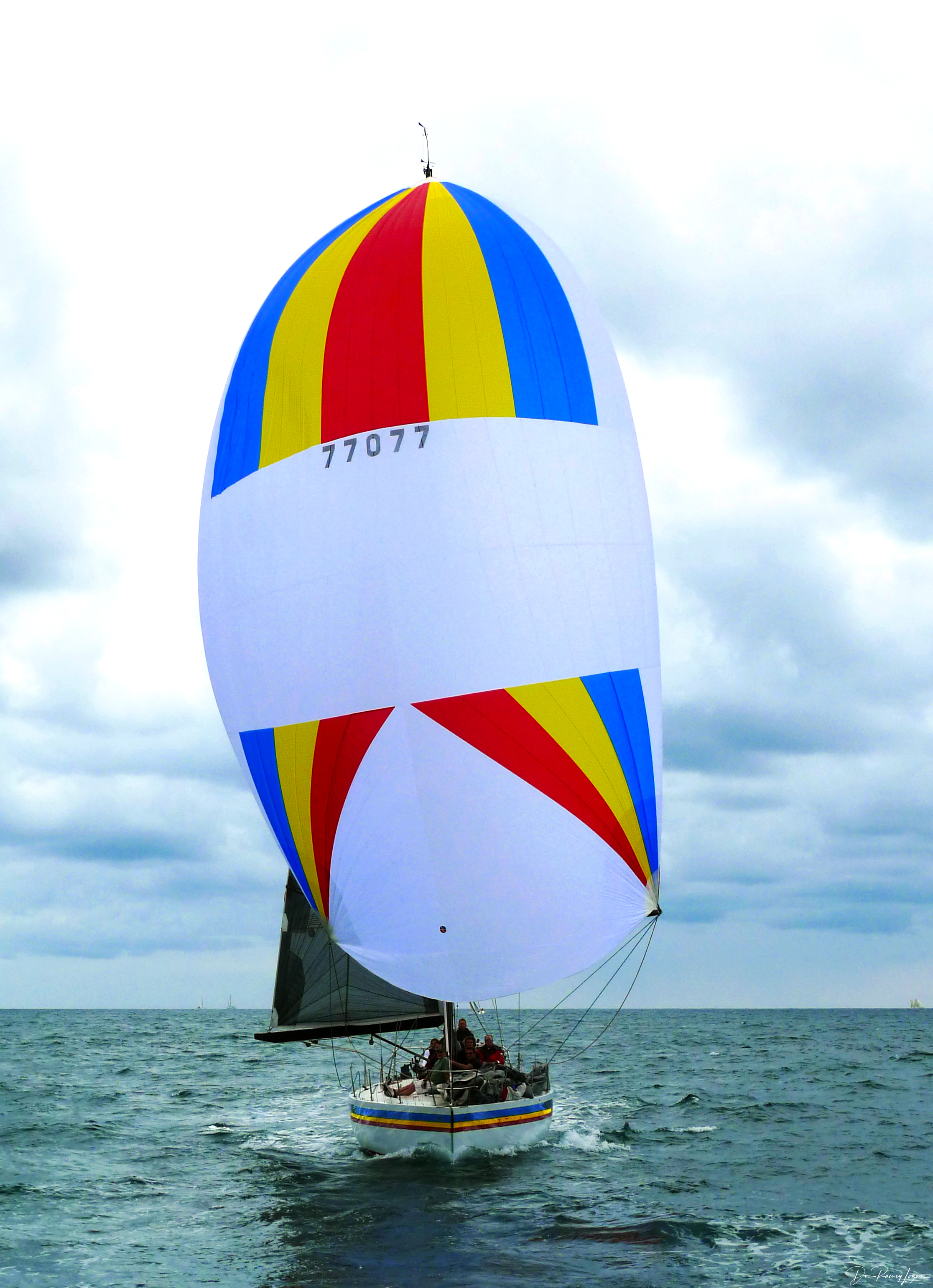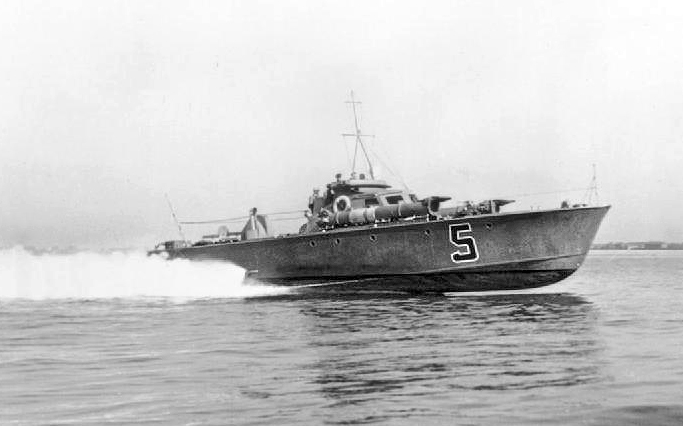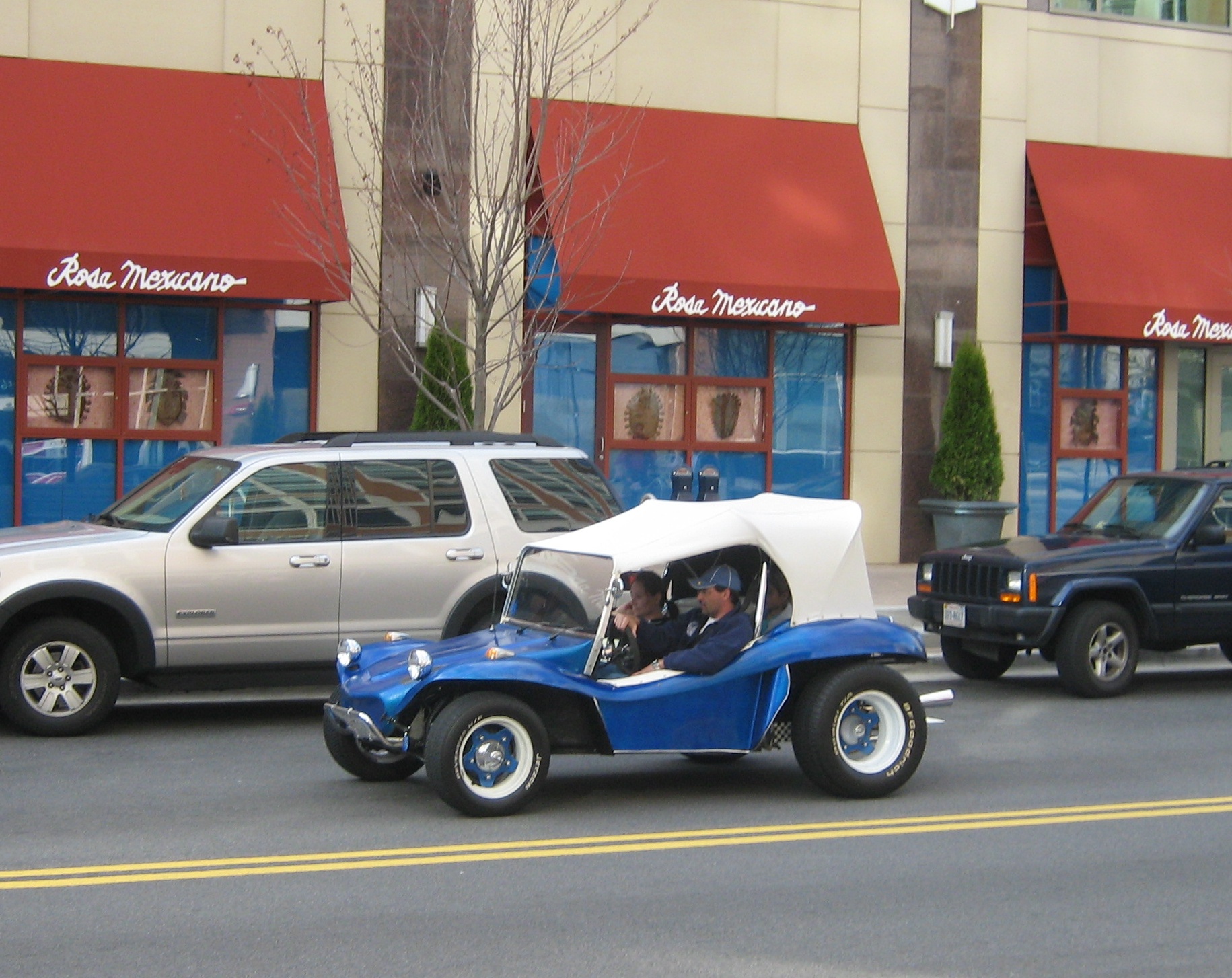|
Fireball (dinghy)
The Fireball is a British sailing dinghy that was designed by Peter Milne (boat designer), Peter Milne as a one-design Sailing (sport), racer and first built in 1962.Sherwood, Richard M.: ''A Field Guide to Sailboats of North America, Second Edition'', pages 74-75. Houghton Mifflin Company, 1994. Production In the past the design has been built by Rondar Raceboats of the United Kingdom, Nautivela of Italy, Chippendale Boats in the UK and Duvoisin Nautique in France. Today it is built in the UK by both Weathermark Sailboats and Winder Boats. Over 125,000 boats have been completed. Design The Fireball is a recreational racing sailboat, originally designed to be built of wood for the Homebuilt machines, amateur builder. Today most new Fireballs are made predominantly of fibreglass. It has a Fractional rig, fractional sloop rig with aluminum spars. The hull is a Chine (boating), single hard chine scow design, with a retractable centreboard, a vertical Transom (nautical), transom ... [...More Info...] [...Related Items...] OR: [Wikipedia] [Google] [Baidu] |
Peter Milne (boat Designer)
Peter Antony Milne (20 September 1934 – 23 May 2008) was a British boat designer. He designed more than forty craft, including the Fireball (dinghy), Fireball, Skipper dinghy, Skipper and Javelin dinghy (Europe), Javelin dinghies. Milne was born in Stockport, Cheshire and was educated at St John's College, Hurstpierpoint. He also served as editor of ''Classic Boat'' magazine. References {{DEFAULTSORT:Milne, Peter 1934 births 2008 deaths People from Stockport People educated at Hurstpierpoint College Boat and ship designers British magazine editors External links Sailboat Data - Designer Peter Milne - has some biographical data and links to boats he designed ... [...More Info...] [...Related Items...] OR: [Wikipedia] [Google] [Baidu] |
Sailing Dinghy
Dinghy sailing is the activity of sailing small boats - usually for fun, learning necessary sailing skills (often also within family), and competition. RYA lists Five essentials of sailing dinghies as: * The sails * The hydrofoil, foils (i.e. the daggerboard or centreboard and rudder and sometimes lifting foils as found on the Moth (dinghy), Moth) * The trim (forward/rear angle of the boat in the water) * Side-to-side balance of the dinghy by Hiking (sailing), hiking or movement of the crew, particularly in windy weather ("move fast or swim") * The choice of route (in terms of existing and anticipated wind shifts, possible obstacles, other water traffic, currents, tides etc.) When Dinghy racing, racing, the above skills need to be refined and additional skills and techniques learned, such as the application of the "racing rules of sailing", boat handling skills when starting and when rounding marks, and knowledge of tactics and strategy. Racing tactics include positioning the boa ... [...More Info...] [...Related Items...] OR: [Wikipedia] [Google] [Baidu] |
Trapeze (sailing)
In sailing, the trapeze is a wire that comes from a point high on the mast, usually where the shrouds are fixed, to a hook on the crew member's harness at approximately waist level. The position when extended on the trapeze is outside the hull, braced against it (or an extension of it outwards) with the soles of the feet, facing the masthead, and clipped on by a hook on the trapeze harness. This gives the crew member more leverage to keep the boat flat by allowing the crew member's centre of gravity to balance the force of the wind in the sails. An additional benefit is the ability to "walk" along the gunwale to balance the boat's trim fore and aft. This is necessary to prevent racing catamarans such as the Tornado from digging the bow into the water, also called pitchpoling, and causing a nosedive and often a spectacular capsize. Some boats may have only one trapeze, such as the 420 and the 29er, where only the crew uses the trapeze. Dinghies, such as the International ... [...More Info...] [...Related Items...] OR: [Wikipedia] [Google] [Baidu] |
Spinnaker
A spinnaker is a sail designed specifically for sailing off the wind on courses between a Point of sail#Reaching, reach (wind at 90° to the course) to Point of sail#Running downwind, downwind (course in the same direction as the wind). Spinnakers are constructed of lightweight fabric, usually nylon, and are often brightly colored. They may be designed to perform best as either a reaching or a running spinnaker, by the shaping of the panels and seams. They are attached at only three points and said to be ''flown''. Etymology Some dictionaries suggest that the origin of the word could be traced to the first boat to commonly fly a spinnaker, a yacht called ''Sphinx'', mispronounced as ''Spinx''. ''Spinnaker'' entry in The Concise Oxford Dictionary of English Etymology (1996). Oxford University PressAccording to encyclopedia.com Both retrieved on 20 July 2008. ''Sphinx'' first set her spinnaker in the Solent in 1865, and the first recorded use of the word was in 1866 in the Augu ... [...More Info...] [...Related Items...] OR: [Wikipedia] [Google] [Baidu] |
Hiking (sailing)
In sailing, hiking (stacking or stacking out in New Zealand; leaning out or sitting out in United Kingdom) is the action of moving the crew's body weight as far to windward (upwind) as possible, in order to decrease the extent the boat heels (leans away from the wind). By moving the crew's weight to windward, the Moment (physics), moment of that force around the boat's center of buoyancy is increased. This opposes the Heeling (sailing), heeling movement of the wind pushing sideways against the boat's sails. It is usually done by leaning over the edge of the boat as it heels. Some boats are fitted with equipment such as hiking straps (or toe straps) and Trapeze (sailing), trapezes to make hiking more effective. Hiking is most integral to catamaran and dinghy sailing, where the lightweight boat can be easily Capsizing, capsized or Turtling (sailing), turtled by the wind unless the sailor counteracts the wind's pressure by hiking, or eases the sails to reduce it. The heavy keel on lar ... [...More Info...] [...Related Items...] OR: [Wikipedia] [Google] [Baidu] |
Tiller
A tiller or till is a lever used to steer a vehicle. The mechanism is primarily used in watercraft, where it is attached to an outboard motor, rudder post, rudder post or stock to provide leverage in the form of torque for the helmsman to turn the rudder. A tiller may also be used in vehicles outside of water, and was seen in early automobiles. On vessels, a tiller can be used by the helmsman directly pulling or pushing it, but it may also be moved remotely using tiller lines or a ship's wheel. Rapid or excessive movement of the tiller results in an increase in drag and will result in braking or slowing the boat. Description A tiller is a lever used to steer a vehicle. It provides leverage in the form of torque to turn the device that changes the direction of the vehicle, such as a rudder on a watercraft or the surface wheels on a wheeled vehicle. A tiller can be used by directly pulling or pushing it, but it may also be moved remotely using a whipstaff, tiller lines, or a sh ... [...More Info...] [...Related Items...] OR: [Wikipedia] [Google] [Baidu] |
Transom (nautical)
In some boats and ships, a transom is the aft transverse surface of the hull that forms the stern of a vessel. Historically, they are a development from the canoe stern (or "double-ender") wherein which both bow and stern are pointed. Transoms add both strength and width to the stern. They may be flat or curved and they may be vertical, raked forward (known as retroussé), or raked aft. In small boats and yachts, this flat termination of the stern is typically above the waterline, but large commercial vessels often exhibit vertical transoms that dip slightly beneath the water. On cruising boats, a counter stern may be truncated to form a "truncated counter stern", in which there is a part of the stern that approximates a transom. Although that standard stern transom is typically vertical, they may be raked such that there is an overhang above the water, as at the bow. A reverse transom is angled from the waterline forwards. On smaller boats such as dinghies, transoms may be ... [...More Info...] [...Related Items...] OR: [Wikipedia] [Google] [Baidu] |
Scow
A scow is a smaller type of barge. Some scows are rigged as sailboat, sailing scows. In the 19th and early 20th centuries, scows carried cargo in coastal waters and inland waterways, having an advantage for navigating shallow water or small harbours. Scows were in common use in the American Great Lakes and other parts of the U.S., Canada, southern England, and New Zealand. In modern times their main purpose is for recreation and racing; there are also garbage scows for aquatic transport of refuse. Scows The name "scow" derives from the Dutch . Old Saxon has a similar word which means to push from the shore, clearly related to punting. The basic scow was developed as a flat-bottomed barge ( a large Punt (boat), punt) capable of navigating shallow rivers and sitting comfortably on the bottom when the tide was out. By 1848 scows were being rigged for sailing using leeboards or sliding keels. They were also used as dumb barges towed by steamers. Dumb scows were used for a variety ... [...More Info...] [...Related Items...] OR: [Wikipedia] [Google] [Baidu] |
Chine (boating)
A chine in boat design is a sharp change in angle in the cross section of a hull. The chine typically arises from the use of sheet materials (such as sheet metal or marine ply) as the mode of construction. Rationale of chines Using sheet materials in boat construction is cheap and simple, but whereas these sheet materials are flexible longitudinally, they tend to be rigid vertically. Examples of steel vessels with hard chines include narrowboats and widebeams; examples of plywood vessels with hard chines include sailing dinghies such as the single-chined Graduate and the double-chined Enterprise. Although a hull made from sheet materials might be unattractively "slab-sided", most chined hulls are designed to be pleasing to the eye and hydrodynamically efficient. Hulls without chines (such as clinker-built or carvel-built vessels) usually have a gradually curving cross section. A hard chine is an angle with little rounding, where a soft chine would be more rounded, ... [...More Info...] [...Related Items...] OR: [Wikipedia] [Google] [Baidu] |
Aluminum
Aluminium (or aluminum in North American English) is a chemical element; it has chemical symbol, symbol Al and atomic number 13. It has a density lower than that of other common metals, about one-third that of steel. Aluminium has a great affinity towards oxygen, passivation (chemistry), forming a protective layer of aluminium oxide, oxide on the surface when exposed to air. It visually resembles silver, both in its color and in its great ability to reflect light. It is soft, magnetism, nonmagnetic, and ductility, ductile. It has one stable isotope, 27Al, which is highly abundant, making aluminium the abundance of the chemical elements, 12th-most abundant element in the universe. The radioactive decay, radioactivity of aluminium-26, 26Al leads to it being used in radiometric dating. Chemically, aluminium is a post-transition metal in the boron group; as is common for the group, aluminium forms compounds primarily in the +3 oxidation state. The aluminium cation Al3+ ... [...More Info...] [...Related Items...] OR: [Wikipedia] [Google] [Baidu] |
Fibreglass
Fiberglass (American English) or fibreglass ( Commonwealth English) is a common type of fiber-reinforced plastic using glass fiber. The fibers may be randomly arranged, flattened into a sheet called a chopped strand mat, or woven into glass cloth. The plastic matrix may be a thermoset polymer matrix—most often based on thermosetting polymers such as epoxy, polyester resin, or vinyl ester resin—or a thermoplastic. Cheaper and more flexible than carbon fiber, it is stronger than many metals by weight, non- magnetic, non- conductive, transparent to electromagnetic radiation, can be molded into complex shapes, and is chemically inert under many circumstances. Applications include aircraft, boats, automobiles, bath tubs and enclosures, swimming pools, hot tubs, septic tanks, water tanks, roofing, pipes, cladding, orthopedic casts, surfboards, and external door skins. Other common names for fiberglass are glass-reinforced plastic (GRP), glass-fiber reinforced pla ... [...More Info...] [...Related Items...] OR: [Wikipedia] [Google] [Baidu] |
Homebuilt Machines
Homebuilt machines are machines built outside of specialised workshops or factories. This can include different things such as kit cars or homebuilt computers, but normally it pertains to homebuilt aircraft, also known as amateur-built aircraft or kit planes. Homebuilt aircraft or kit cars are constructed by amateurs. Homebuilt computers have been built at home for a long time, starting with the Victorian era pioneer Charles Babbage in the 1820s. A century later, Konrad Zuse built his own machine when electromechanical relay technology was widely available. The hobby took off with the early development of microprocessors and, since then, many enthusiasts have constructed their own computers. A homebuilt vehicle is a wider concept than a kit car. A homebuilt vehicle is a motor vehicle (car, truck or motorcycle) built by an individual instead of a manufacturer. These machines may be constructed "from scratch", from plans, or from assembly kits. Outside of the United States (for example ... [...More Info...] [...Related Items...] OR: [Wikipedia] [Google] [Baidu] |







